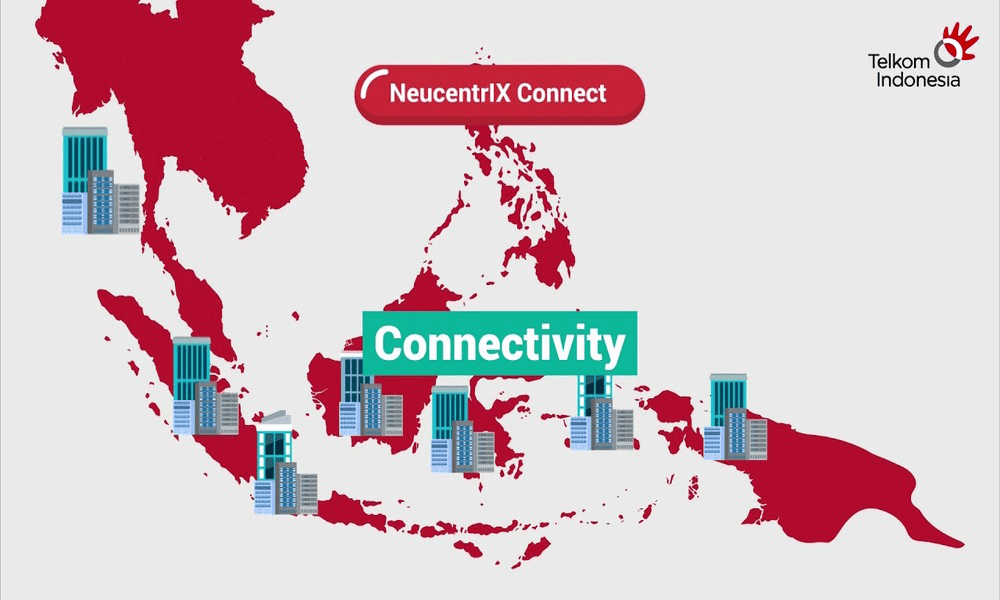5G and How It Contributes to Digital Transformation in The New Decade

The development of the 5G technology has started, and although it will be a few years before 5G can be completely implemented across the globe, the enthusiasm has been high. As mentioned in a report by the World Economic Forum in collaboration with PwC, 5G will be critical in the new decade because it will enable unrivaled levels of connectivity, with five key functional drivers: superfast broadband, ultra-reliable low latency, massive machine-type communications, high reliability and availability, and efficient energy usage. Together, these features will contribute to digital transformation in various sectors mainly in two ways.
5G enhances operational effectiveness and efficiency
5G has the capabilities to enable more effective and efficient business’ operations. By taking advantage of 5G's high speed, large capacity, low latency, and ability to connect multiple devices, companies will be able to automate most vital operational tasks and activities.
Let’s take the manufacturing industry as an example. The 5G technology will allow manufacturing sites to quickly and conveniently rearrange production lines whenever necessary and handle shorter product cycles due to fast-changing consumer demands. The use of AI combined with 5G’s speedy connectivity will enable the equipment in the production line to perform automatically yet accurately in one whole system. For instance, material flow can be automated with the help of remotely controlled robots or autonomous vehicles which are capable of delivering material from storage to the production line without any human interference.
Lower latency offered by 5G also means that businesses will be able to stream high-resolution video, audio, and images without any lag or glitches, ensuring better communication experiences with both customers and remote workers. With 5G, companies can be fully committed in their efforts to innovate, using cutting-edge technology applications like augmented reality (AR), virtual reality (VR), or 3D to support their day-to-day activities in a more efficient and meaningful way. In the future, virtual simulations will be a major tool used in companies’ operations: by the sales teams to convince their potential clients, product development teams to help their superiors make decisions, or engineers to train on how to fix new machinery.
5G improves workplace safety and security
Through its abilities to support various cutting-edge technologies including AI, IoT, mixed reality, and remotely controlled machinery such as drones, 5G can assist businesses in securing their work premises and ensuring their workers’ safety. AI applications will become a standard feature of video surveillance over the next decade, and image recognition will be used to identify high-risk scenarios and inform emergency response.
Physical asset management, which is a business requirement in various industry sectors, can be a great example here. Many companies have worked with reality modelling platform providers for their physical asset management needs. This type of platform utilizes the cloud to turn aerial and ground imagery data into key actionable insights for operational and corporate asset management. As a result of this application, the safety of the workers in sensitive and dangerous areas is maximized with real-time video surveillance and automatic hazard detection.
In terms of security, the 5G technology will also support the use of AI’s image recognition and behavioral analytics to ensure security of the work premises. Image recognition can be utilized to detect motion and identify dangerous objects such as weapons. Meanwhile, behavioral analytics is the foundation of anomaly detection which can be integrated in companies’ physical and cybersecurity systems and make them more effective.
To conclude, its top-notch abilities and the way it transforms businesses in many sectors has made 5G a game changer. The 5G technology has all the potential to make it possible for companies to elevate the way they do business and run their operations in the new decade.

















